In April 2019, astronomers announced to the world that they had done the unthinkable: they had managed to photograph - for the very first time - a black hole.
The black hole in question is about 6.5 million times the mass of the Sun and resides in galaxy M87, 55 million lightyears from Earth.
The black hole in M87 was photographed using a world-wide network of radio telescopes called the Event Horizon Telescope - the same that has since been used to photograph the black hole at the centre of our Galaxy.
An international collaboration of astronomers focussed on one goal had achieved something spectacular: the ultimate achievement in astrophotography.
The announcement left many of us thinking "how did they do that?" How do you photograph something from which light cannot escape?
How did astronomers ever think something so radical could be possible?
Heino Falcke
Heino Falcke is Professor of Radio Astronomy and Astroparticle Physics at Radboud University in the Netherlands.
He was a science lead on that very project, and his book Light In The Darkness reveals both the story behind the mission, but also takes a look at some of the burning questions in astronomy and cosmology.
How did the Universe begin? What are its biggest mysteries, and how can science hope to solve them?
And, most importantly perhaps, how did a worldwide team of scientists photograph a black hole?
We spoke to Professor Falcke to find out more.
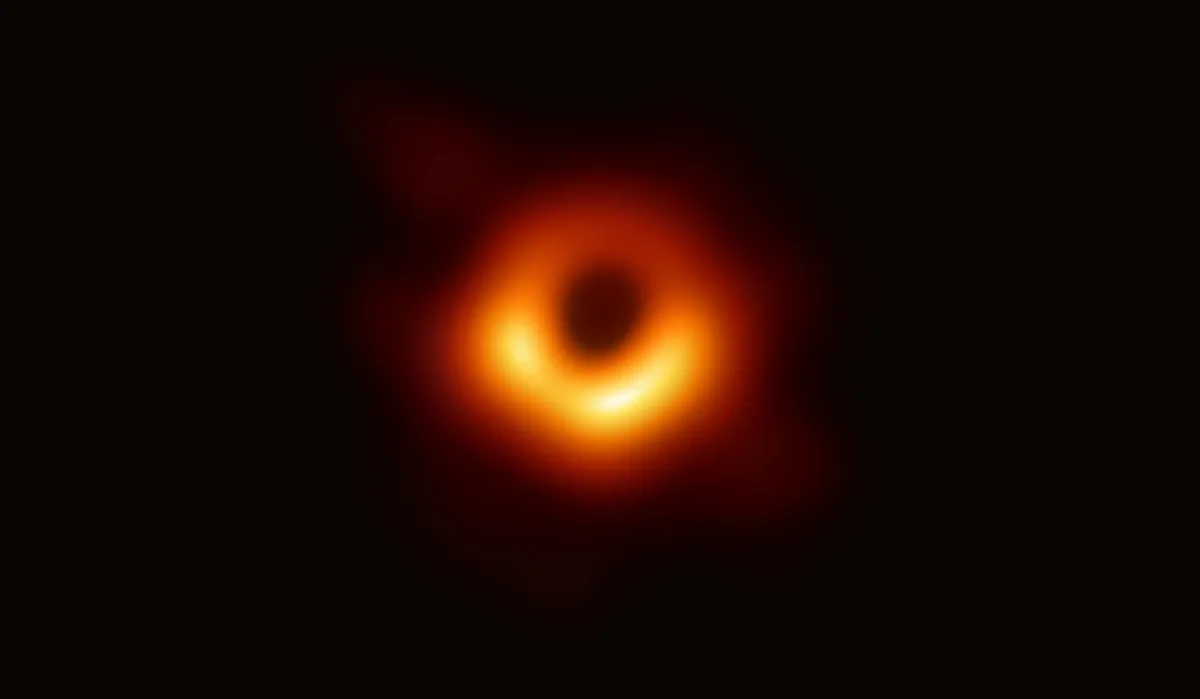
What is a black hole?
A black hole is an enormous amount of matter compressed into a tiny amount of space. Gravity and spacetime curvature – Einstein’s great idea about explaining gravity – becomes so extreme that anything that comes too close will never be able to escape.
That’s why it’s a black hole. It’s not a real hole, but a hole in space and time because it punched a hole into our observable Universe.
There is something in this Universe, around this black hole, that we cannot see and measure with current technology – and maybe never will – and that’s why it’s a dark and mysterious region, shielded by an event horizon where nothing escapes.
What is the event horizon?
If you have a big star exploding and collapsing into a black hole, there is no force that can stop that collapse, because as more matter piles up and clings together, the force of gravity just becomes stronger and stronger and wants to pull it together even more.
Then surrounding this is a perimeter, so to speak - not a line, but a virtual sphere - where if you cross that border, you’ll never be able to come back: the event horizon.
And that’s true for yourself if you were to walk into it, but it’s also true for light. So nothing that goes in is able to come out, at least according to the theory of gravity.
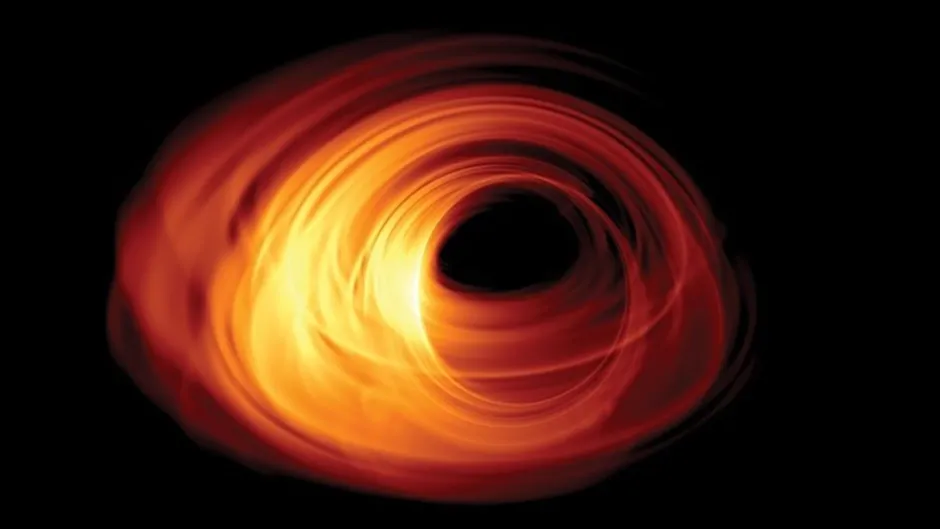
What is 'space-time'? Can a black hole warp time itself?
That, at least, is the theory that Einstein proposed to explain the mysterious nature of gravity. It all boils down to the properties of light.
If you think about it, what is space? What is time? Have you ever touched space? Have you ever touched time? How do you experience it?
You measure it with a device. Sometimes that’s yourself, and we know that time is relative: a few seconds can feel like ages or go past way too fast.
But on a basic level, you’re always measuring space and time with light. And light is the only thing that’s constant in the Universe.
That was a big realisation for Albert Einstein, that light always moves with the same speed, and it’s deeply ingrained in our theories of physics today.
And what is speed? Speed is length divided by time; miles per hour, kilometres per hour. The ratio between the two is fixed, but individually the two can change.
Everything seems so strange: time slows down, almost actually comes to a standstill, light just disappears, nothing comes out.
So, when you think of gravity as a change in space – of the gravity of a body leading to a deformation in space – then suddenly the length scale changes.
Light has to travel a longer path, but then also time needs to change to have to keep the velocity the same.
Or at least what you measure as time changes – because time is a derived quantity: it’s something that you always measure by a clock, but how quickly is a clock ticking?
On the fundamental level, the ticking of a clock is really the oscillation of the light waves or similar types of waves, and that changes as you go through curved space.
So you can never separate space and time, if you accept the fact that light is really what defines everything and that the speed of light is constant.
Without that principle, that the speed of light is constant, much of physics just wouldn’t work.
It was a logical consequence in the end that space and time is relative, but it took a long time for us to realise it.

If light can't escape a black hole, how can you photograph it?
How can you photograph a dark hole in a dark wall at night? You can’t. There’s no way to see it.
What you have to do is shine light at it. The light will disappear in the hole and the wall surrounding it will actually light up.
And something like that is happening with black holes. If you look into them, what we’re seeing is this dark region in the very centre, the darkness of the event horizon, that’s where light disappears.
But surrounding it is an enormous amount of light, and that comes from the fact that the Universe is not empty.
Matter is falling into the black hole, it’s heating up, it’s rotating with the speed of light.
Some of the hottest material you can find is around black holes, making an awful amount of radiation and light.And so it shines upon itself.
Some of the light escapes and we can measure it, and some of the light disappears in the darkness.
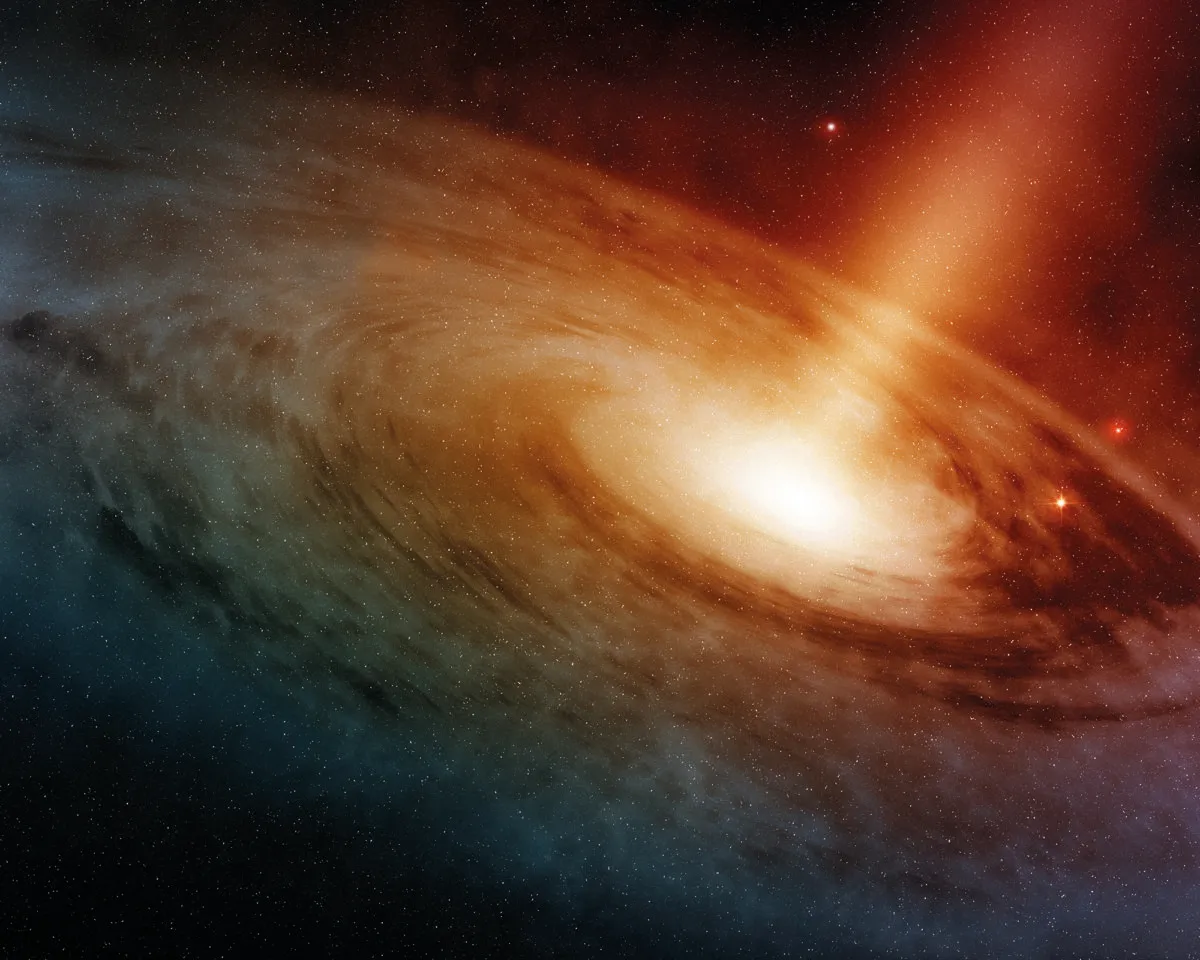
Of course, in our case, radio light is what we saw. It’s just a different frequency, a colour that we don’t really know yet.
As humans, we measure it with devices, but it is light that’s produced near the black hole.
When I was starting my physics studies, I was totally fascinated with these mysterious, unbelievable objects.
Everything seems so strange: time slows down, almost actually comes to a standstill, light just disappears, nothing comes out.
It sounds really exotic. Then there was evidence that these things might actually exist in the Universe. That was just in the 1990s. And I wanted to seeit.
I think I was just floating above the ground for about an hour. I said ‘This is so cool’.
And then there was this realisation that in some cases you can see it. If a black hole is very, very big and it’s very, very close and it’s the right radio frequency, then light will come from right next to the event horizon.
Within the radio astronomy community we had just built the techniques to possibly do this.
We just had to extrapolate that to much higher precision and higher frequencies than what we were doing in the '90s.
That we may be able to seea black hole, that’s what really drove my passion for the next 25 years.

Why the black hole in galaxy M87?
To some degree, it was luck. When we published our first paper saying we could take a picture of a black hole, we were thinking of the one at the centre of our own galaxy, the Milky Way, because we know exactly how big the mass is.
Around the same time, people were measuring other black holes, like M87. We have a certain limited resolution and that resolution is set by the size of the Earth, because we needed a world-sized telescope to see a black hole.
It seemed that M87 was just a bit too small, so we were gearing up to look at the centre of the Milky Way, but over the next two decades research suggested M87’s mass was bigger and we might have a shot at it.
In 2017 we did the centre of the Milky Way and we did M87, just to see what it would look like.
A year later I saw the first data and I just fell off my chair. Actually, I was standing, but I think I was just floating above the ground for about an hour.
I said "This is so cool. I hope that it’s right", because it meant that we had seen the shadow and that ring.
Of course, what followed was a year of hectic and painful investigations as to whether we did things right, this big collaboration of 250–350 people, and many sleepless nights.
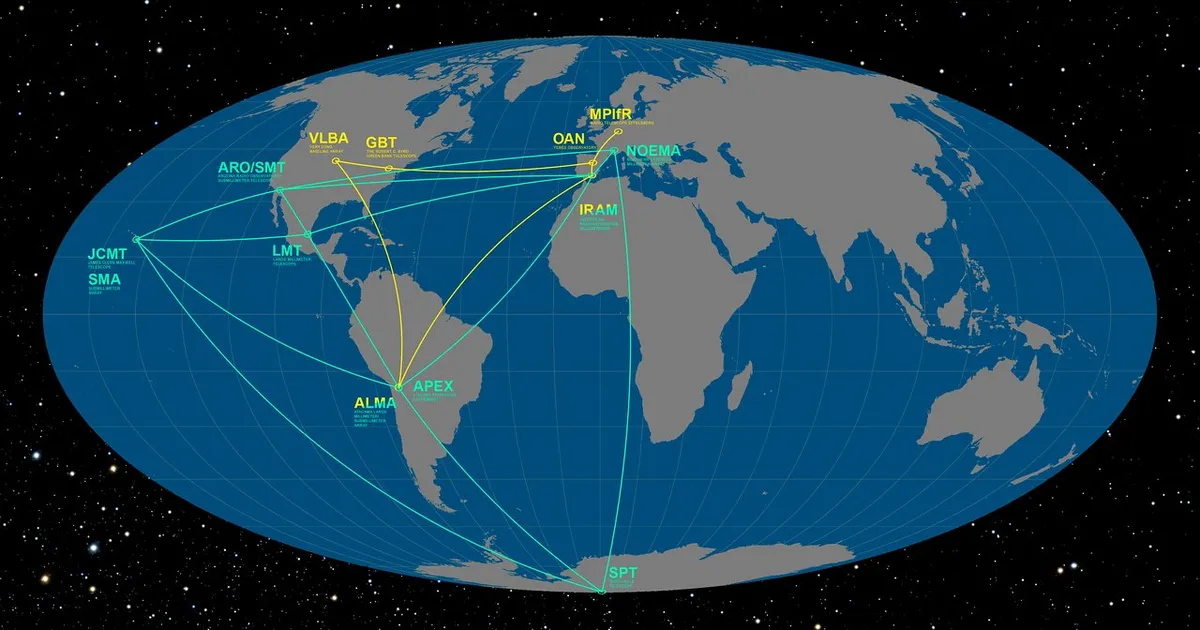
The telescope was Earth-sized. Were you connecting telescopes globally to create one massive telescope?
Absolutely. This is actually an old idea called radio interferometry: rather than build a big telescope – because the bigger telescope, the bigger the resolution – you could use smaller telescopes, separate them, and then connect them electronically to bring light waves together.
Later, on a bigger scale, we could separate telescopes over entire continents or even across the entire world, record the data locally and then bring the data together.
Initially, people recorded the radio wave on videotape, and then on big computer tapes. Now we actually store light on hard drives and send it via the internet.
It’s been 40+ years of work for an entire community of radio astronomers, not least in the UK, which has been the leading country in terms of radio astronomy since World War Two.
It goes back to the Royal Air Force. The knowledge built up in trying to find German fighter planes and developing radio technology was then used for astronomy right after the war.

This will remind our UK readers of the story of Jodrell Bank in Cheshire.
Yes, Sir Bernard Lovell had this idea of cosmic rays that he wanted to follow up after the war.
After World War Two, Lovell established Jodrell Bank Observatory and went on to build the Lovell Telescope, in 1957 the largest, now the third largest steerable radio telescope in the world.
Lovell, the Effelsberg telescope, the Parkes telescope: these big dishes are giant, but you can’t make them bigger.
So we had the idea to do interferometry. Let’s bring them together. We can actually make a world-sized telescope.
Out of something as terrible as World War Two, came something which was beneficial for science, and people actually started to work together across borders and across countries.
So there’s always some hope to find in the story.
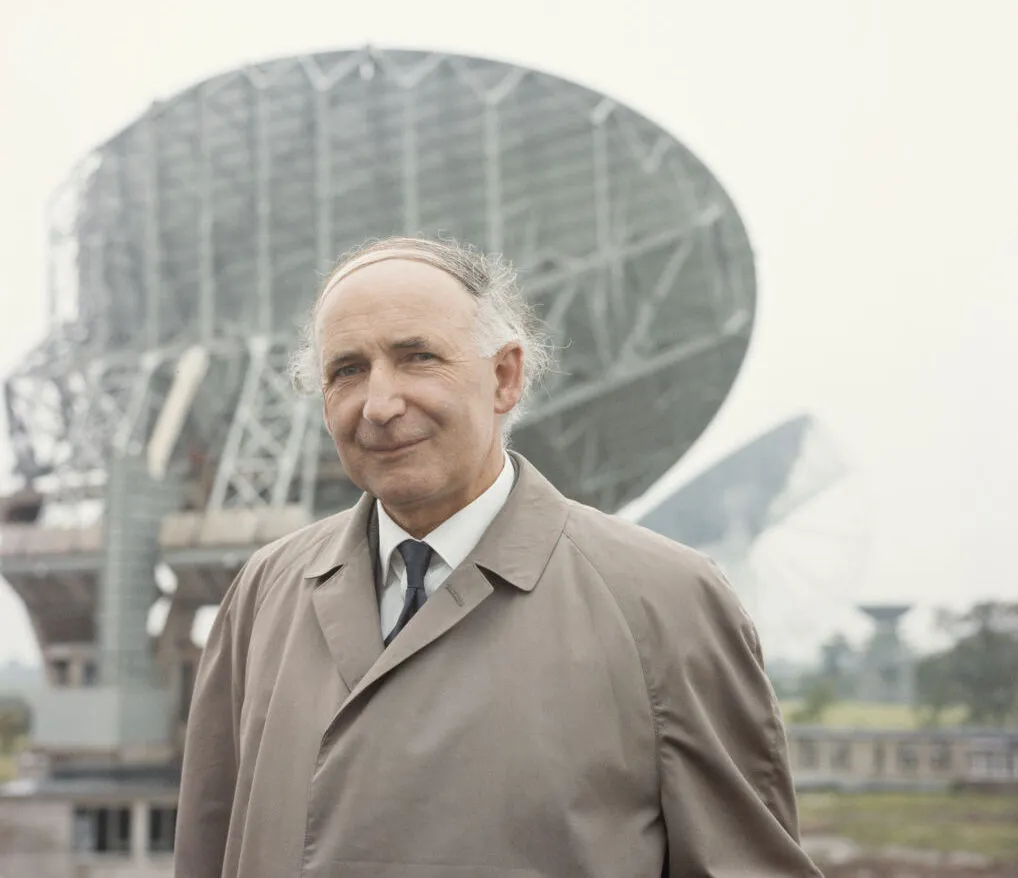
In the M87 black hole image, why is the orange ring brighter and wider at the bottom?
It actually looks pretty much like we predicted it. You see the darkness, which is light disappearing in the event horizon, and then light is bent almost in a closed circle around the black hole, because the force of gravity is so strong.
We’re seeing light being bent by the black hole – a big gravitational lens, so to speak.
The plasma around the black hole is still rotating, almost at the speed of light.
The stuff that comes towards us will appear a bit brighter because the light is actually beamed. It actually gets a push.
The matter itself is moving almost with the speed of light. The light itself cannot move faster than the speed of light, but can sort of pile up. You can give it more energy.
And so that part that comes towards you will appear brighter to you and will also radiate at a somewhat higher frequency.
So, we think that the lower part of the ring is something that rotates towards us.
But of course, we only had one snapshot, one particular picture, in one week in 2017.
And we know that the black holes change their appearance, so that stuff could move around.It could have been just by accident that a big blob was brighter on one side.
But it looks quite tantalising and, as I said, it looks almost exactly as was predicted, which doesn’t happen that often in astronomy.
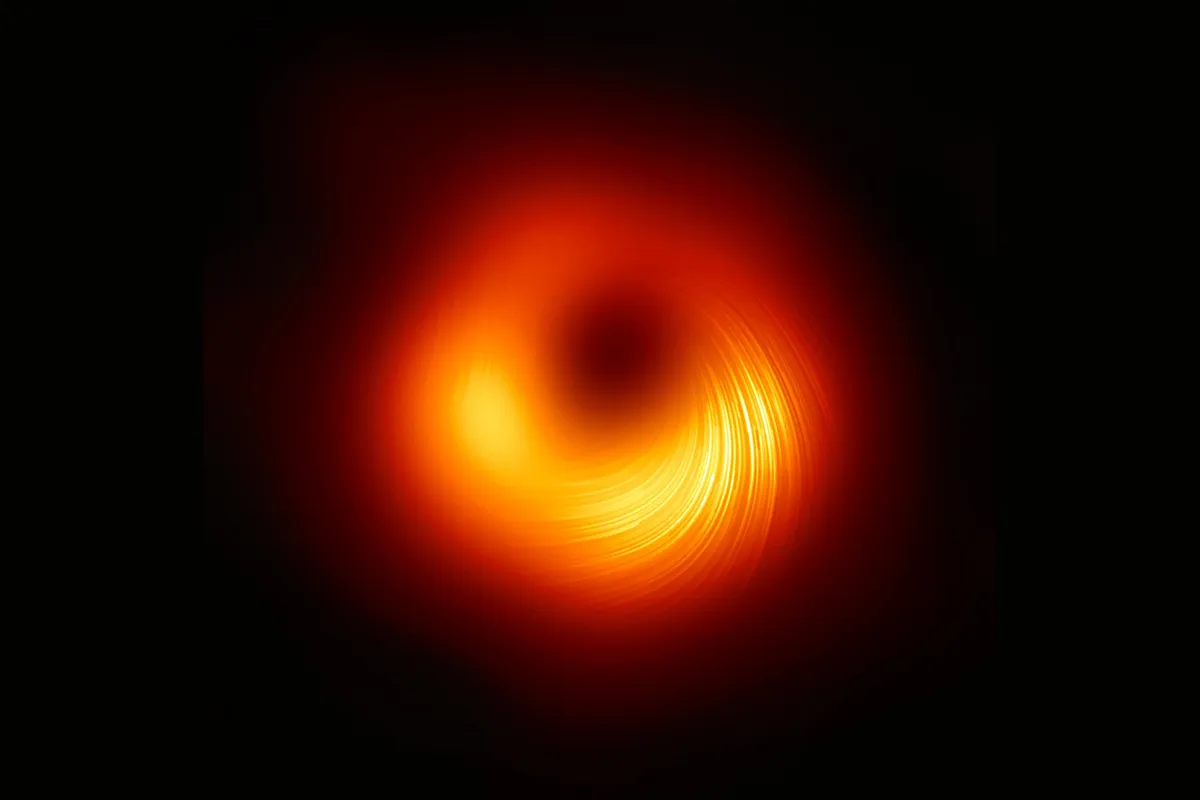
Another image shows M87 black hole in polarised light. Does it show the magnetic field?
You’re not seeing the magnetic field. You’re seeing the direction in which the light is oscillating.
You don’t notice this usually in your daily life, but light oscillates, from left to right or up and down.
By using a special filter – like many sunglasses do – you can pick out which light you want to see.
Cell phones produce polarised light, so if you use polarised sunglasses and a cell phone, you will see different reflections and parts on your cell phone screen.
Every light you look at is polarisation information, it’s hidden information. The same is going on in black holes.
There’s an entire Universe that we do not understand in theory…I think there may be some really exciting stuff to discover.
The light that we measure is polarised. Where does this come from? What determines which direction the light waves are oscillating? It’s the direction of magnetic fields.
How is radio emission produced? Well, it’s electrons going up and down or left or right.
And near black holes you find strong magnetic fields, electrons going around the magnetic fields, and that tells you the polarisation direction and the direction of magnetic fields.
In fact, if you look at the fine lines that we plotted on the image, it shows the direction of polarisation, and the magnetic fields are roughly perpendicular to that.
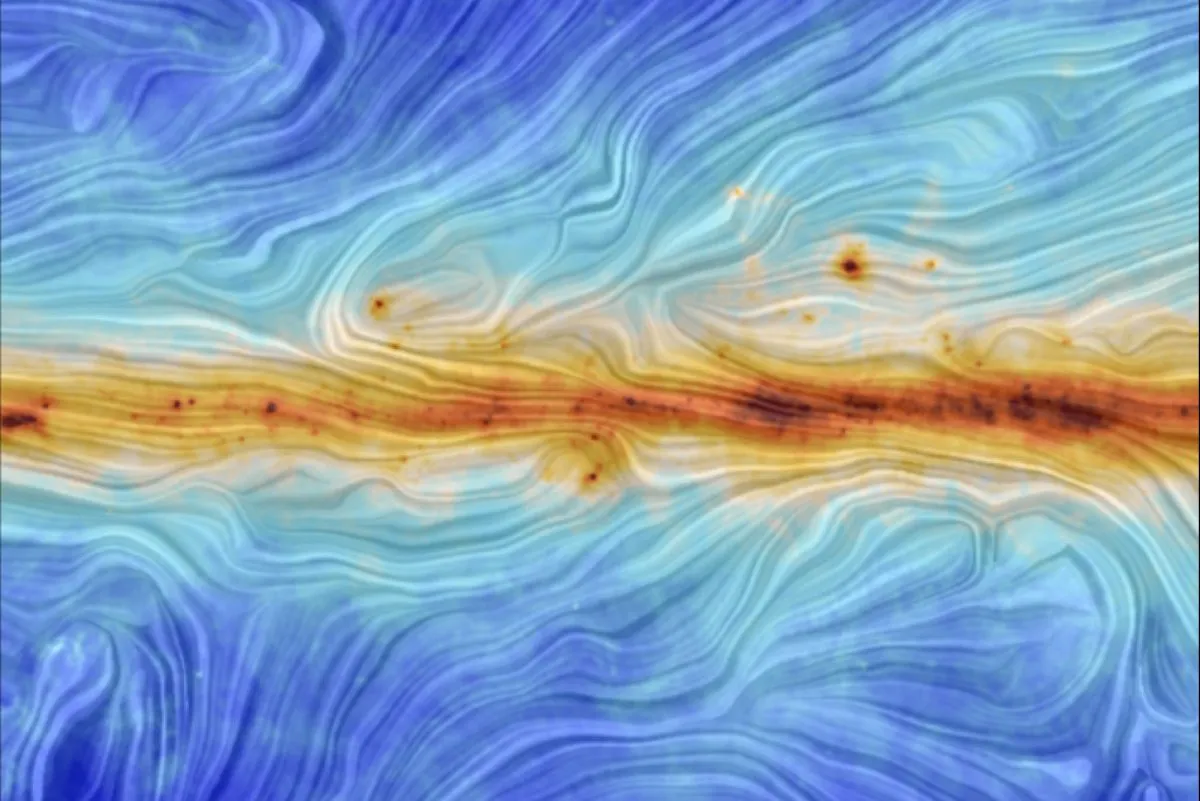
Your book is called Light in the Darkness. Why did you choose that title?
Looking at this black hole is a bit of an end point, but also the beginning of something new.
If you think about how we started as humans, we were looking up at the night sky and we saw this light in the darkness, telling us there’s something bigger, something fascinating out there.
As astronomers, but also as average people, this light tells us about something deeper and more meaningful.
We’ve learnt so much physics, so much about our Universe, about the nature of spacetime, from just a little bit of light. Now I have a bit of a feeling we’ve gone almost all the way.
We’ve looked at the beginning of space and time. We’ve looked at the light from the Big Bang.
We are looking now at the end of spacetime, black holes, the end of space and time and everything in between.
There’s still so much more to discover, but we’ve gotten to the absolute limit of space and time.
And the big question is, what’s next? Are we able to transcend those boundaries?
There’s always hope that there is something new to be discovered, maybe some new theory of gravity at the edge of black holes.
Would you have thought 2,500 years ago that we would be able to see the Universe in the making, and something as crazy as black holes?
What’s still to come? I’m not able to answer that.
Physics tells us there is a fundamental limit, but there’s always hope that there is something new to be discovered, maybe some new theory of gravity at the edge of black holes.
We’ll keep searching. That’s what makes us human, to search and ask the deep questions about us, the Universe, the origin, the meaning of life, God and whatever.
I used this title to express that it’s not just about physics. I didn’t go into astronomy just to do physics. It was always a deeper fascination that drew me into the field.
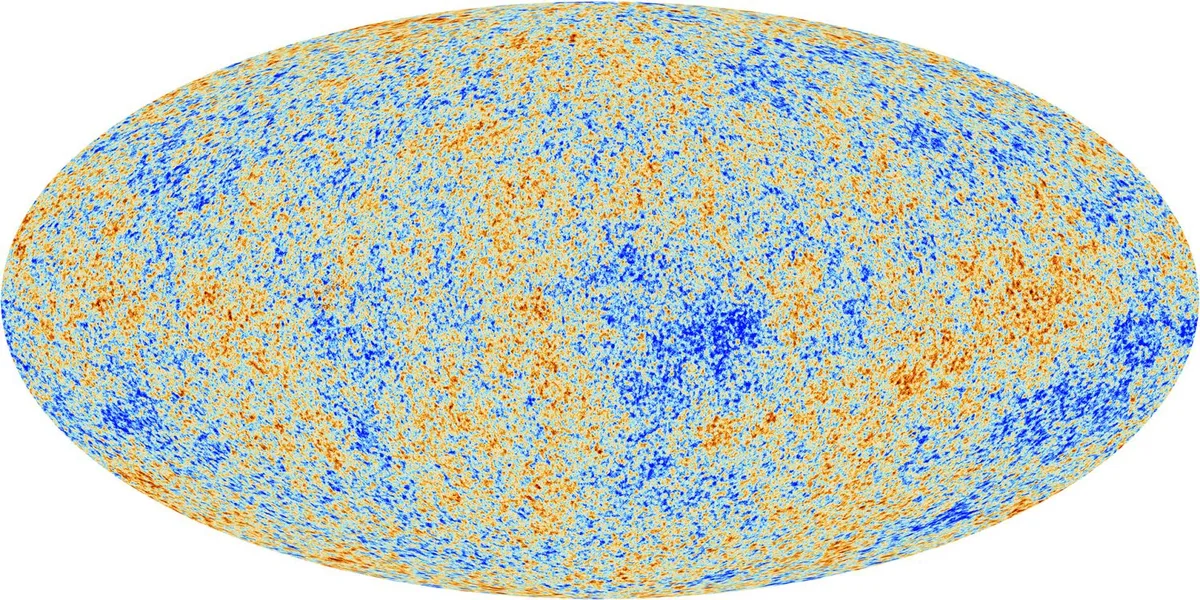
How does your Christian faith inform your science?
I was raised and born as a Protestant Christian, and my faith means something to me. It’s been part of my life throughout my early days and and now as a scientist.
It’s something that has been very important to me and it’s something that I share with many people throughout the many generations who’ve looked at nature as an expression of something deeper, an expression of a first cause.
Where does it all come from? Where do we go? To me, the feeling there is a creator, a god, a first thing, is something that really gives me strength.
To think about this together with fellow Christians and other believers, to ask these questions and reflect on it, in the light of all the hardcore physics that we do, I think that’s important for our humanity as well.
Do you think religion reminds us of the beauty in the Universe?
Absolutely. Nowadays we only talk about numbers and hardcore physics. That’s all fine. I love it, it’s great.
But whenever I’m allowed to give a talk to the general public about the general meaning of astronomy, the beauty of the Universe, how it all works, I’m always awestruck.
I stand there and it’s almost feels a little bit holy to look at the Universe, if you step back, go away from the numbers and think about the big picture.
I get the impression we’ve lost that a little bit, the ability to express this in terms that are not just numbers.
Astronomy is the oldest science and it came out of people trying to understand what’s going on, although it separated quickly into some people observing the stars and some interpreting this.
Today we don’t use equations to express the meaning of life, but the question is still there.
Theology, philosophy, and other fields that have been around for centuries, shouldn’t be discounted now just because we are better at maths!
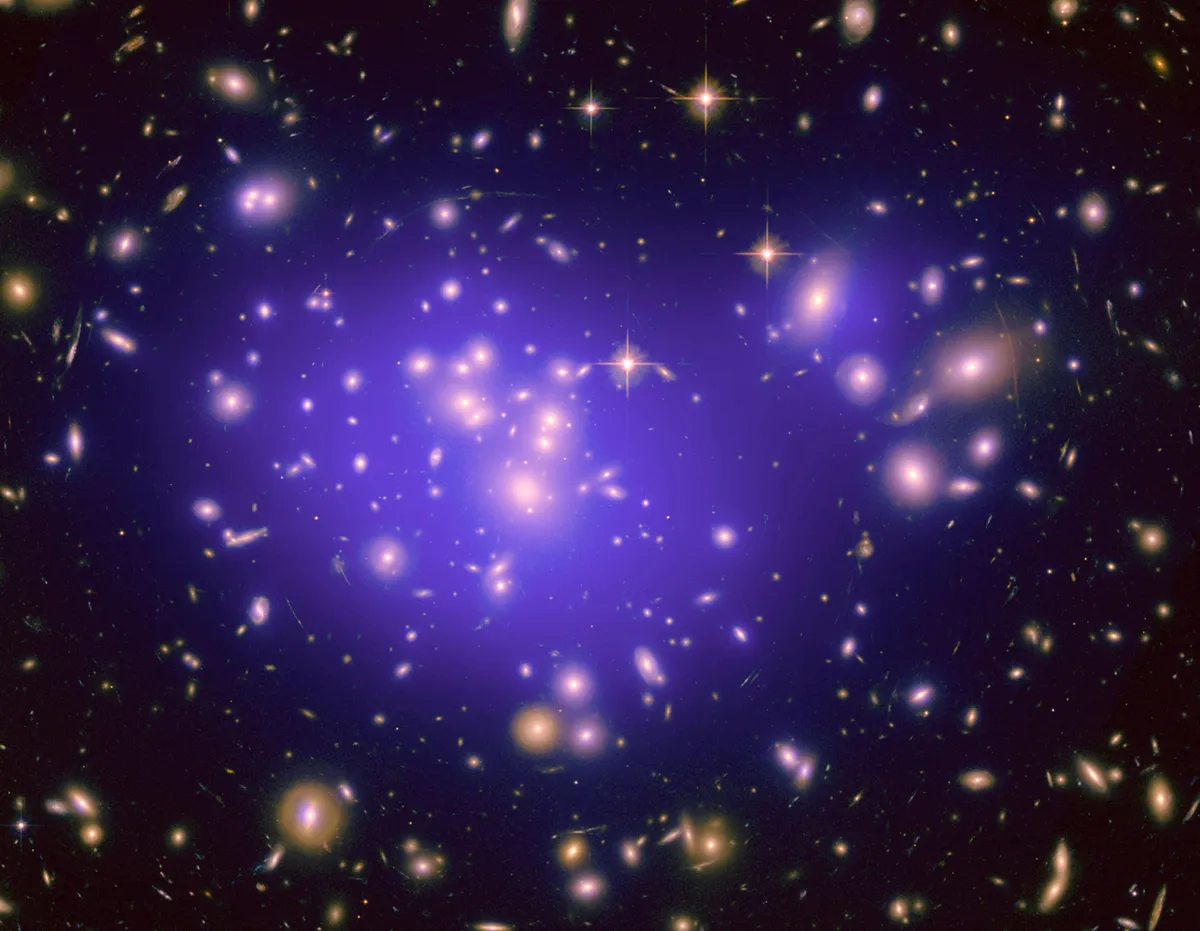
The idea that we can see 5% of the Universe, the rest being dark matter and dark energy. Will we ever understand those unknowns?
That’s a very good question. The more we’ve looked into the Universe, the more questions come up and some we may never be able to answer.
I don’t think we’ll ever be able to explain what the true origin of the Universe is or to understand some of the ‘details’, like what is dark energy and dark matter.
But on the large-scale things, I’m quite hopeful that we’ll be able to understand them, and there may be some really exciting stuff behind it.
A colleague of mine once said "we all think of dark matter as one thing, but maybe this dark Universe is much more complex and exciting than we think".
Maybe there're much deeper things hiding there, and they will give us a better understanding of space and time.
Black holes: we understand them from the theory of relativity, but we do not understand them at all from the theory of quantum physics.
There is a quantum gravity theory that is well developed mathematically, but has many different branches, many different ideas. And it’s hardly, if at all, tested.
There’s an entire Universe that we do not understand in theory, and in practice it’s going to be very hard to observe it.
So there are still challenges out there. And I think there may be some really exciting stuff to discover.
Not everything that you see in science fiction movies will be realised, but maybe a few things that we now consider totally crazy will be quite commonplace in 1,000 years.
In astronomy almost every year something new happens. It’s been such an amazing decade already, I’m looking forward to what the next decade brings. It really is an exciting time.
Light in the Darkness by Heino Falcke and Jörg Römer is published by Hachette.

